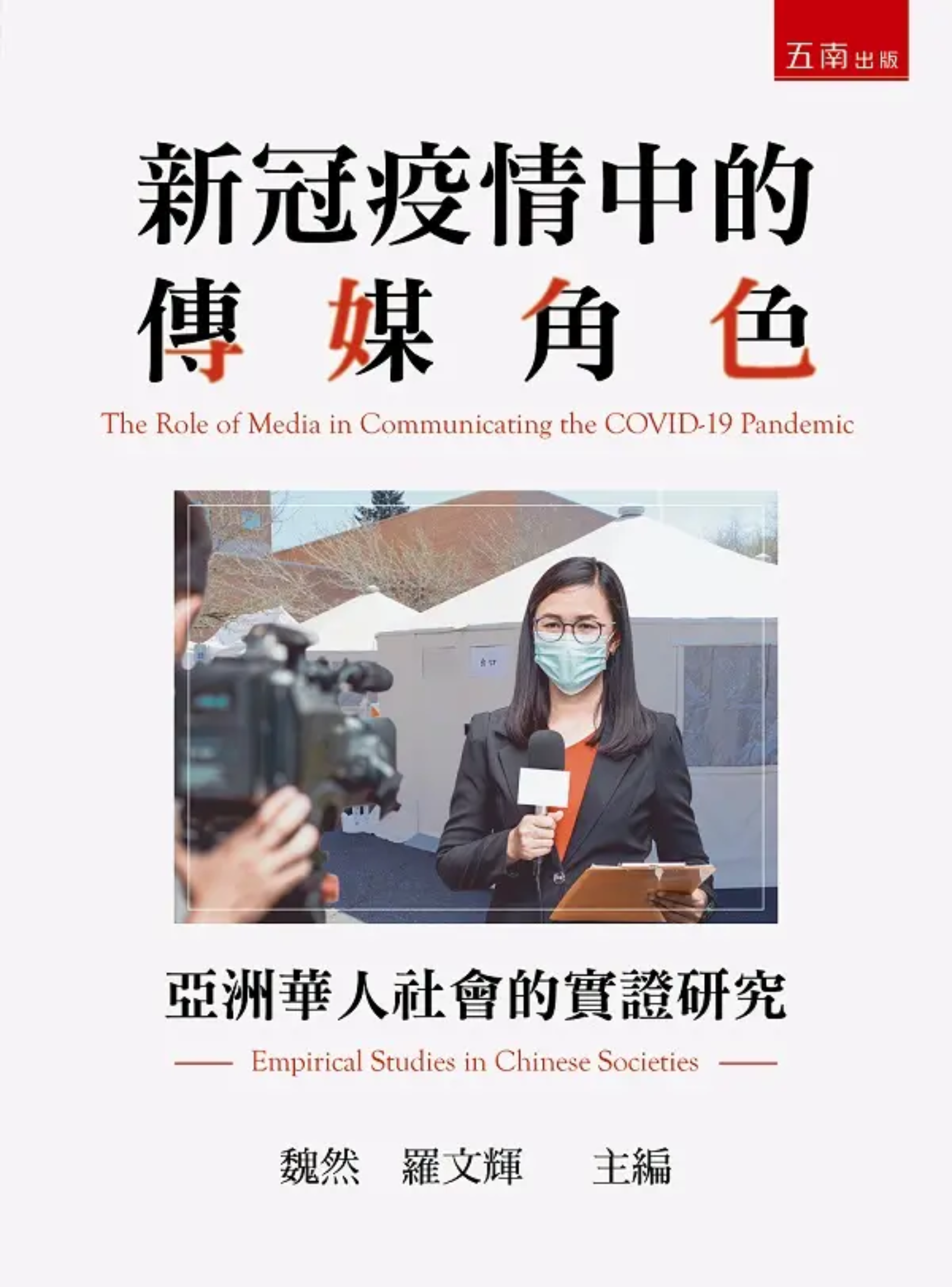Considering the storm of rumors and fake news amid the COVID-19 pandemic which researchers have dubbed the “infodemic”, The Role of Media in Communicating the COVID-19 Pandemic: Empirical Studies in Chinese Societies brings together a series of 12 articles on COVID-19 media, with a focus on misinformation in the digital age. The studies are situated in Chinese speaking contexts, such as Mainland China, Taiwan, and Hong Kong, which were among the earliest to be affected by COVID-19, and where non-traditional news or media outlets, such as social media, are easily accessible and popular among citizens. Chief concerns of the studies include the channels through which COVID-19 misinformation is spread, the influence of misinformation on public knowledge and attitudes towards COVID-19 and the vaccine, and the features of COVID-19 reporting. Researchers employ a variety of theories and approaches, for example the intermedia agenda setting theory, mass communication research, and regression analysis of questionnaire data.
A study by Zhang et al. (13) shows that an overwhelming majority of respondents (except the elderly) received updated news about COVID-19 in Wuhan through their phones. They found that news on social media had a greater influence on people’s emotions than traditional news media, and further processing of the information strengthened this influence. Zou et al. (198) raise an optimistic finding from four major Chinese cities that social media use, or internet exposure in general, could increase users’ willingness to get vaccinated against COVID-19. However, Chen (338) warns in her study that social media is still a platform where fake news can take root and has the potential to influence traditional news media to cover false information. Additionally, the studies by Jin, Wei, and Guo (238) that studied a sample from Beijing, and Wei et al.’s (377) large-scale survey of people from various Chinese-speaking cultures, agree that greater exposure to misinformation shapes incorrect beliefs and attitudes towards COVID-19, and may foster anti-vaccine attitudes. Jin, Wei, and Guo (238) suggest enhancing citizens’ trust in the government as a mitigator, while Wei et al. (377) observe that regions with greater freedom to access technology are less prone to the effects of misinformation.
The conclusions from this book carry crucial implications towards government policy on increasing vaccination rates and the role of traditional news outlets in verifying and disseminating information. They outline new ways people accessed information during the pandemic, such as social media, as well as the opportunities and risks associated with their use. These studies reveal the diversity in media consumption habits and governmental control over information in different Chinese-speaking contexts and invite readers to consider not only the content of COVID-19 media narratives but also the channels in which people come into contact with them.

Image Captions:
Cover image of The Role of Media in Communicating the COVID-19 Pandemic: Empirical Studies in Chinese Societies by Haiyan Wang et al., edited by Yan Wei and Ven-Hwei Lo. Wu-Nan Book Inc. (Taiwan), 2023.Citation: Wang, Haiyan et al. The Role of Media in Communicating the COVID-19 Pandemic: Empirical Studies in Chinese Societies, edited by Yan Wei and Ven-Hwei Lo. Wu-Nan Book Inc. (Taiwan), 2023. English translation by Law Hong Yin Louisa. NON-FICTION, SCHOLARLY BOOK, 2020 – 2023 | CHINA. ll
Source Type: Scholarship on COVID-19 Studies
Country: China
Date: 01-Sep-2023
Keywords: Chinese Societies, COVID-19 Beliefs, Mass Communication, Misinformation, Social Media, and News Media